Efficiency, safety and future technologies in electrical building installation
Electrical installations are the backbone of every modern building. They supply workplaces with energy, network systems, and create the foundation for safety, comfort, and efficiency. Especially in commercial buildings —whether offices, production halls, or logistics centers—the demands on technical infrastructure are constantly increasing.
Besides traditional power supply, topics such as energy efficiency, digitalization, sustainability, and electromobility play a central role today. Building installations are increasingly evolving into intelligent, networked systems that not only distribute energy but also actively control, measure, and optimize it .
In this article, we take a look at the most important aspects of modern electrical installations, current trends and future technologies – and why precise implementation and technical know-how are crucial for quality and operational safety.

Complex systems with high requirements
Building installations in commercial properties today are far more than just cables, sockets, and switch cabinets. They are an integral part of a complex overall system that combines energy, communication, and security.
Key areas include:
- Energy distribution and low-voltage systems
- Lighting and emergency lighting
- Data and communication networks
- Security and fire alarm systems
- Building automation systems (e.g. KNX, DALI, BACnet)
- Charging infrastructure for e-mobility
These systems must not only function reliably, but also be prepared for future expansions and new technologies.

Safety and compliance with standards
In commercial buildings, operational safety is paramount.
To prevent power outages, fire hazards, and personal injury, strict legal requirements and standards apply, such as:
- DIN VDE 0100 – Installation of electrical systems
- DIN EN 61439 – Switchgear construction
- DGUV Regulation 3 – Testing of electrical installations and equipment
- Fire protection guidelines according to DIN 4102 and VdS
Regular testing and documentation are therefore essential to ensure the long-term safety and functionality of electrical systems.

Digitalization and smart building technologies
Increasing digitalization has revolutionized building technology. Electrical installations are now networked with intelligent sensors, IoT components, and cloud systems.
This is how smart buildings are created , which collect and analyze data in real time – for example, about energy flows, temperature, or occupancy levels.
This information enables:
- Predictive Maintenance
- Automatic fault detection and remote monitoring
- Data-driven optimization of energy consumption
This transforms the building into a dynamic, learning environment that actively contributes to the company's success.
Electromobility and charging infrastructure
A growing proportion of building installations today are dedicated to charging infrastructure for electric vehicles .
Companies are increasingly equipping parking lots and underground garages with AC and DC charging stations – both for their own vehicle fleet and for employees and customers.
Intelligent load management is crucial to ensure an even distribution of energy and protect the grid from overload. Combined with photovoltaic or storage systems, this results in efficient and sustainable energy concepts.


Energy efficiency and sustainability
The increasing energy demand in businesses makes energy-efficient installations a crucial factor. Modern systems help to reduce consumption and lower operating costs.
Proven measures include:
- LED lighting with presence and daylight control
- Energy management systems (EMS) for the analysis and optimization of loads
- Automated control of lighting, climate and shading
- Integration of renewable energies such as photovoltaic systems
- Storage solutions for self-consumption and grid stability
A sustainable building installation is therefore not only an ecological but also an economic advantage.

Future trends and innovations
The future of building automation is characterized by networking, flexibility, and automation .
Among the most significant developments are:
- Sector coupling (linking electricity, heat and mobility)
- Battery storage and bidirectional charging
- Artificial intelligence for energy optimization
- Modular installation systems that can be adapted to changing uses
- Digital twins for planning, simulation and operation
These technologies not only make electrical systems more efficient, but also more sustainable and future-proof.
Conclusion: Quality and precision in implementation
Modern building installations combine technology, energy, and digitalization into a comprehensive system that meets the highest standards. For these systems to function reliably and safely, expert implementation, technical precision, and experience are essential .
WIMTECH stands by companies as a reliable partner.
We implement electrical installations according to completed plans, coordinate the technical implementation, and ensure smooth, on-time execution – with the highest quality standards and a clear focus on sustainability and efficiency.

„Our strength lies in the clean implementation of complex projects. When planning and execution work together perfectly, solutions are created that are convincing in the long term – technically, economically and sustainably.”
Contact us
With our know-how in the areas of plant engineering and electrical engineering, the necessary human resources and a global network, we are ready for your project!


